BTO-Farmers in Tanh Linh district no longer have to worry about drought like in previous years. Now, the irrigation canal system covers the entire field with a stable water source. The Tanh Linh rice brand is famous inside and outside the province. Today's results are the efforts of the entire political system on a long journey, starting from Directive 15 dated March 31, 2003 of Tanh Linh District Party Committee on focusing on building and developing irrigation associated with intra-field traffic in the district.
Lesson 1: Finding the solution
If we want agriculture, with a focus on rice, to develop and bring about high economic efficiency, we must first solve the problem of water for production. With the means of production but lacking water, people's lives remain miserable. The journey of providing water for the people has received special attention from generations of Tanh Linh district leaders.
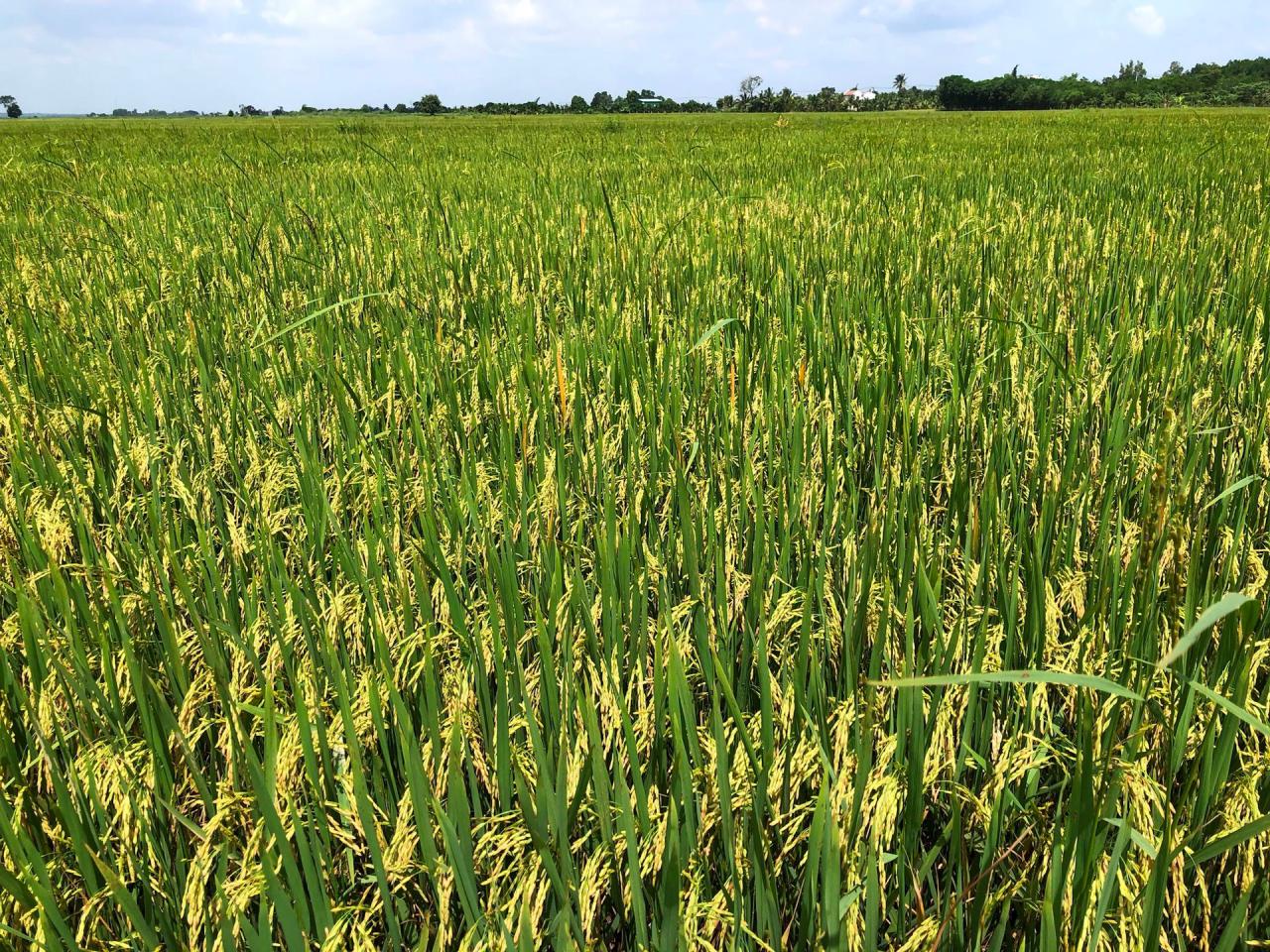
Turning point
In 1983, Tanh Linh district was re-established under Decision No. 204 dated December 30, 1982 of the Council of Ministers after being separated from Duc Linh district. After being re-established, Tanh Linh quickly started to develop the socio-economy and stabilize people's lives. However, at that time, agricultural production in Tanh Linh was still backward and fragmented, farmers mainly produced according to traditional experience, dependent on rainwater, the application of science and technology in production was not much, the climate was harsh, natural disasters and floods often occurred, so productivity and output were low. In the context of many difficulties requiring simultaneous implementation of many urgent tasks, it posed no small challenge. The visits and working sessions of the leaders of the Provincial Party Committee and People's Committee of Binh Thuan province suggested and outlined strategies and orientations for local development both in the short and long term. The top priority is to develop the economy based on local potential and advantages, gradually eliminating hunger, reducing poverty and backwardness.
In 2003, Directive No. 15 of Tanh Linh District Party Committee on irrigation development associated with intra-field traffic was issued. This was considered a particularly important turning point that paved the way for agriculture and rural development in Tanh Linh. Recalling that time, Mr. Nguyen Huu Tri - Former Secretary of Tanh Linh District Party Committee, term (2000 - 2005) shared: In 2003, he was the Standing Deputy Secretary of the District Party Committee, Chairman of the District People's Council. At that time, local agricultural production mainly relied on self-flowing dams, so the production land area, seasons and efficiency of crops were not fully exploited. Therefore, the Standing Committee of the District Party Committee was determined to find a way to revive the district's agriculture. After careful discussion and calculation, the Province agreed on the policy of building irrigation canals associated with intra-field traffic. The collective leadership of the district, sectors and localities focused on surveying and inspecting the reality; organized a meeting to collect opinions, discuss implementation methods and especially the farmers agreed very highly. "During the process of implementing the construction of the irrigation system associated with internal traffic, wherever it was done, the people were interested, supported and created favorable conditions. After completion and putting into use, the efficiency was very high", Mr. Tri said.
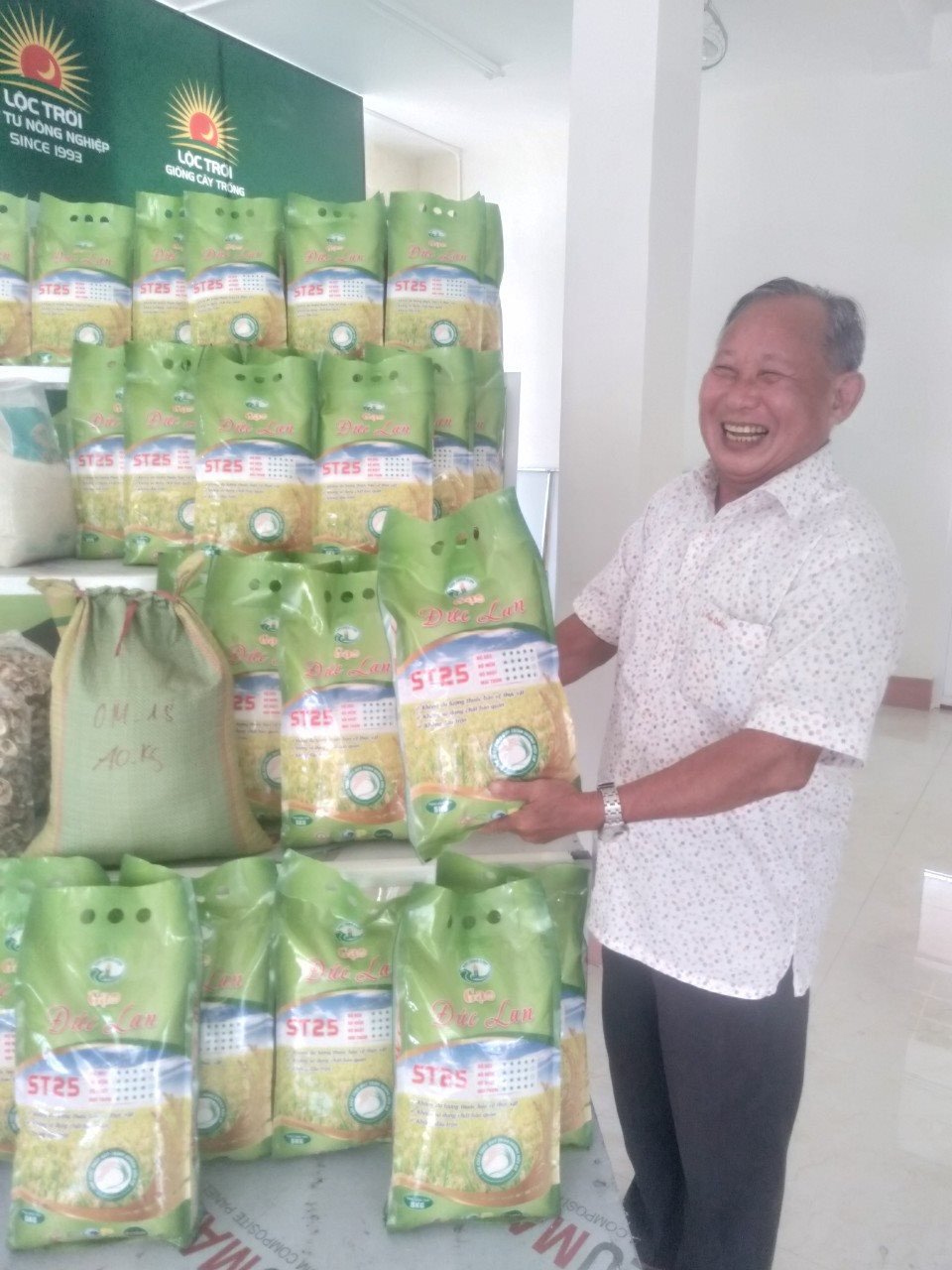
According to Mr. Tri, at this time the production area increased by about 1.5 times; from one unstable crop to 2-3 crops; people's income increased significantly; people were very excited. Next, the District Party Committee also had an Action Program to continue to complete and solidify the irrigation canal system associated with intra-field traffic by 2015. Along with that was support from the Central. In 2010, the Ta Pao irrigation project started construction, thanks to that, up to now the irrigation system has covered and connected to dams in the whole district such as Bien Lac, Bien Lac - Ham Tan water supply canal and 7 small dams, 9 electric pumping stations located along the La Nga River, exploiting the entire agricultural production area in the whole district, contributing to increasing farmers' income.
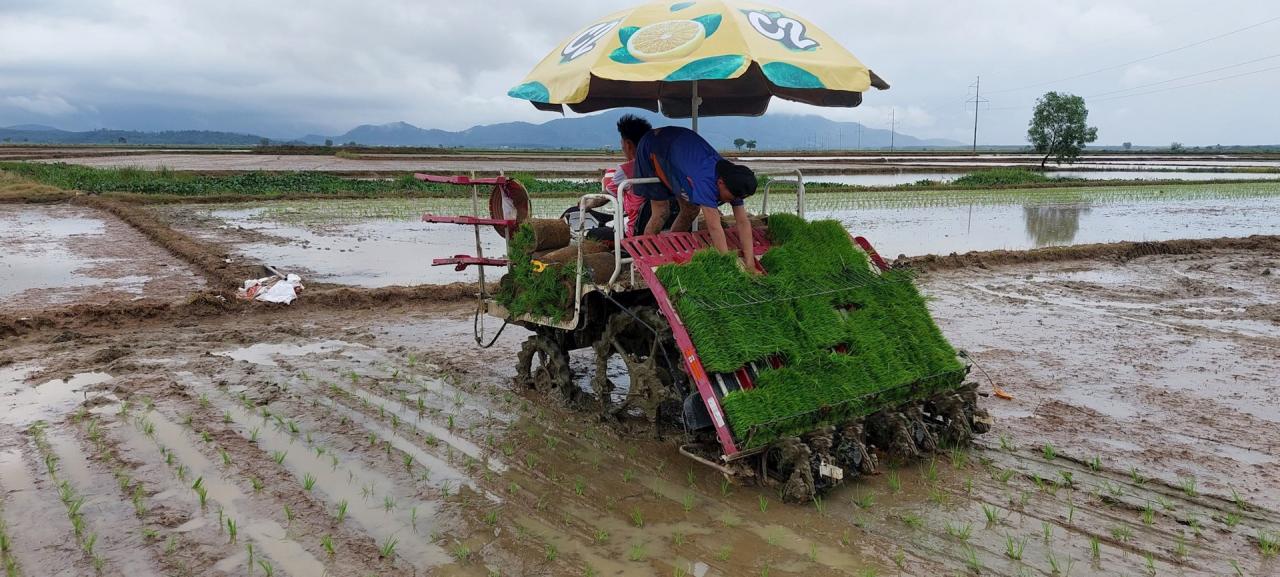
Key food areas of the province
Coming to Tanh Linh today, I was impressed by the well-invested irrigation canal system. With water, production life became stable. The barren lands seemed to be revived and covered with green trees and crops. According to the People's Committee of Tanh Linh district, if the total cultivated area in 1983 was only nearly 9,400 hectares, by 2022 it had increased to over 63,000 hectares. In 1983, the total food output was 19,600 tons, then in 2022 it was over 194,000 tons. From a district that had to subsidize food every year, Tanh Linh has risen to become a key food area of the province. Annually, it produces over 1,000 tons of rice to supply food needs in and outside the province.
To improve Tanh Linh's rice products, in recent years, the district has focused on implementing models such as building large fields of more than 3,000 hectares, deploying and implementing high-quality rice areas of nearly 1,800 hectares, accounting for 50% of large fields, creating conditions to expand the area of production linkage and consumption of agricultural products. Every year, on this area, the district has supported the price of organic microbial fertilizers to both improve the soil and help farmers gradually switch to organic production. Thanks to that, more than 2,700 hectares are produced in an organic direction, of which 50 hectares are produced according to VietGAP standards with the "Tanh Linh Rice" brand, with an output of about 100 tons/year; the province recognized 2 OCOP rice products with 3 stars (ST24 and OM18), income increased from 1.5 to 2 times compared to normal commercial rice production.
After Directive 15, the whole district has built 7 self-flowing dams and 9 electric pumping stations, bringing the total irrigation capacity to over 7,000 hectares/crop. Some electric pumping stations have exceeded their design capacity, such as Gia An pumping station, which was designed to irrigate about 400 hectares, but in reality has ensured irrigation for more than 585 hectares of cultivated land, La Ngau pumping station, which was designed to irrigate 275 hectares, but has ensured irrigation for 330 hectares .
Source


![[Photo] Welcoming ceremony for Prime Minister of the Federal Democratic Republic of Ethiopia Abiy Ahmed Ali and his wife](https://vstatic.vietnam.vn/vietnam/resource/IMAGE/2025/4/15/77c08dcbe52c42e2ac01c322fe86e78b)
![[Photo] Air Force actively practices for the April 30th celebration](https://vstatic.vietnam.vn/vietnam/resource/IMAGE/2025/4/15/16fdec3e42734691954b853c00a7ce01)

![[Photo] Ho Chi Minh City after 50 years of national reunification through buildings and symbols](https://vstatic.vietnam.vn/vietnam/resource/IMAGE/2025/4/15/a224d0b8e489457f889bdb1eee7fa7b4)
![[Photo] General Secretary To Lam meets with veteran revolutionary cadres, meritorious people, and exemplary policy families](https://vstatic.vietnam.vn/vietnam/resource/IMAGE/2025/4/15/7363ba75eb3c4a9e8241b65163176f63)
![[Photo] National Assembly Chairman Tran Thanh Man attends the summary of the organization of the Conference of the Executive Committee of the Francophone Parliamentary Union](https://vstatic.vietnam.vn/vietnam/resource/IMAGE/2025/4/15/fe022fef73d0431ab6cfc1570af598ac)
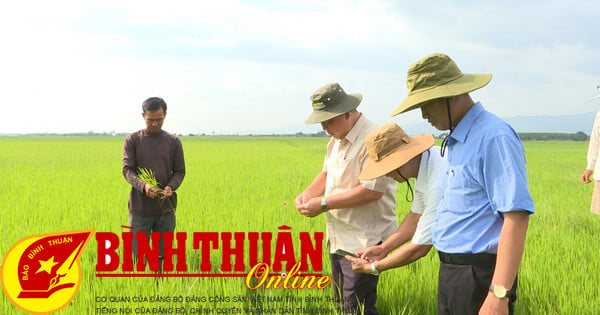
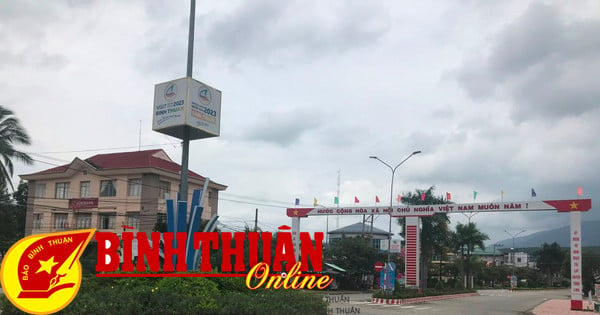
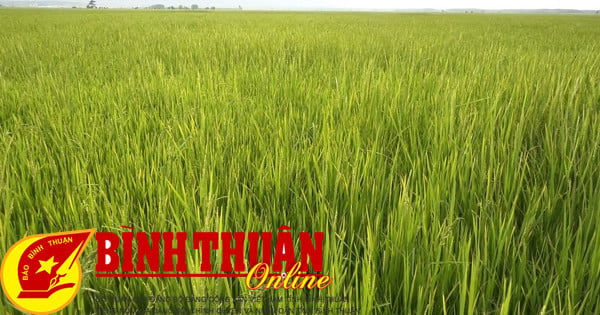

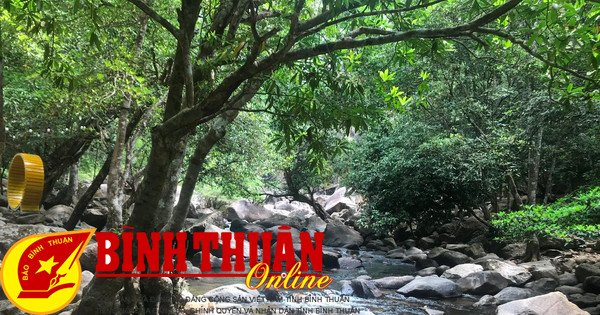

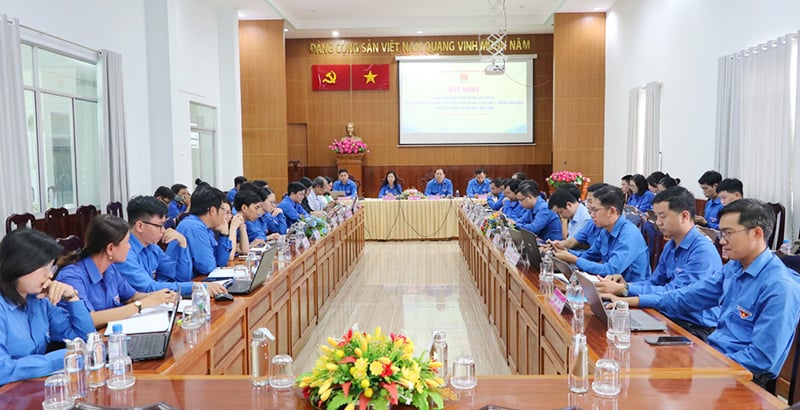

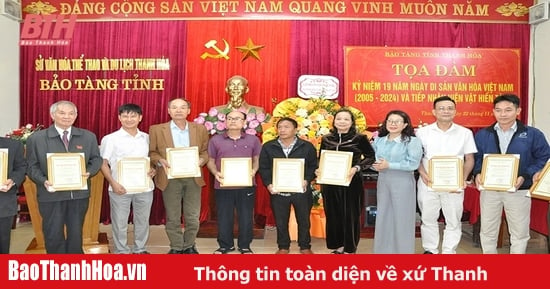
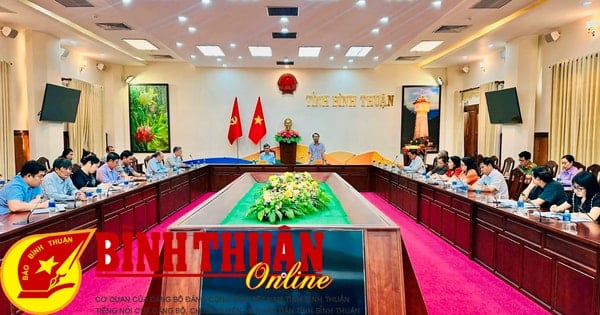
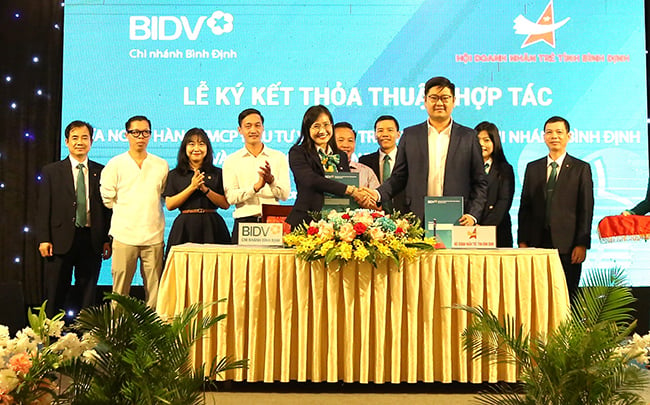
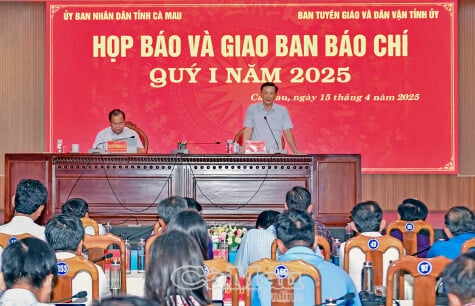




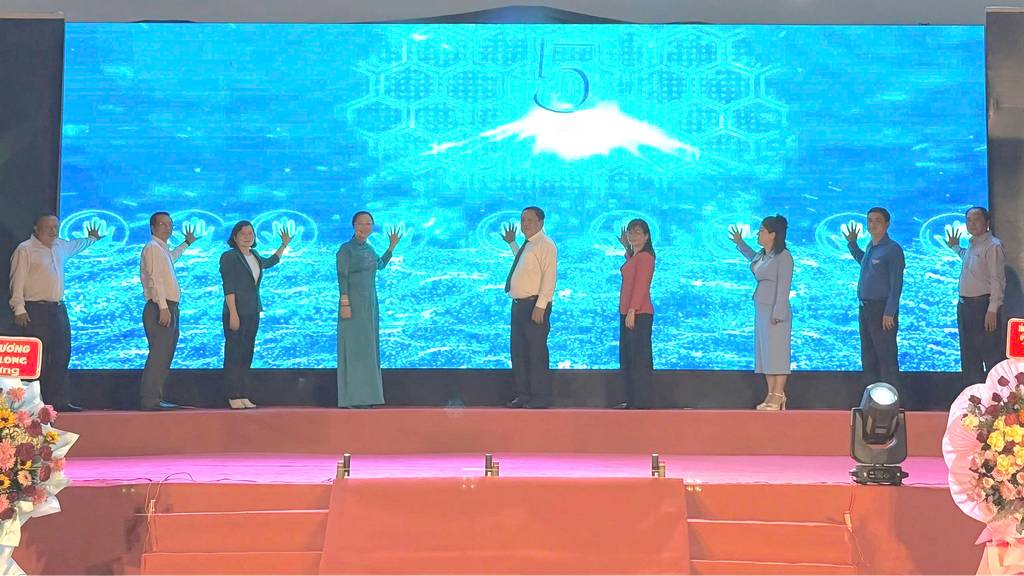
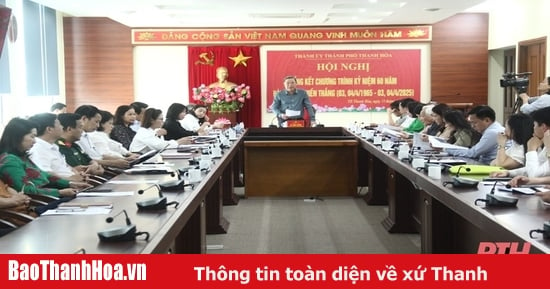



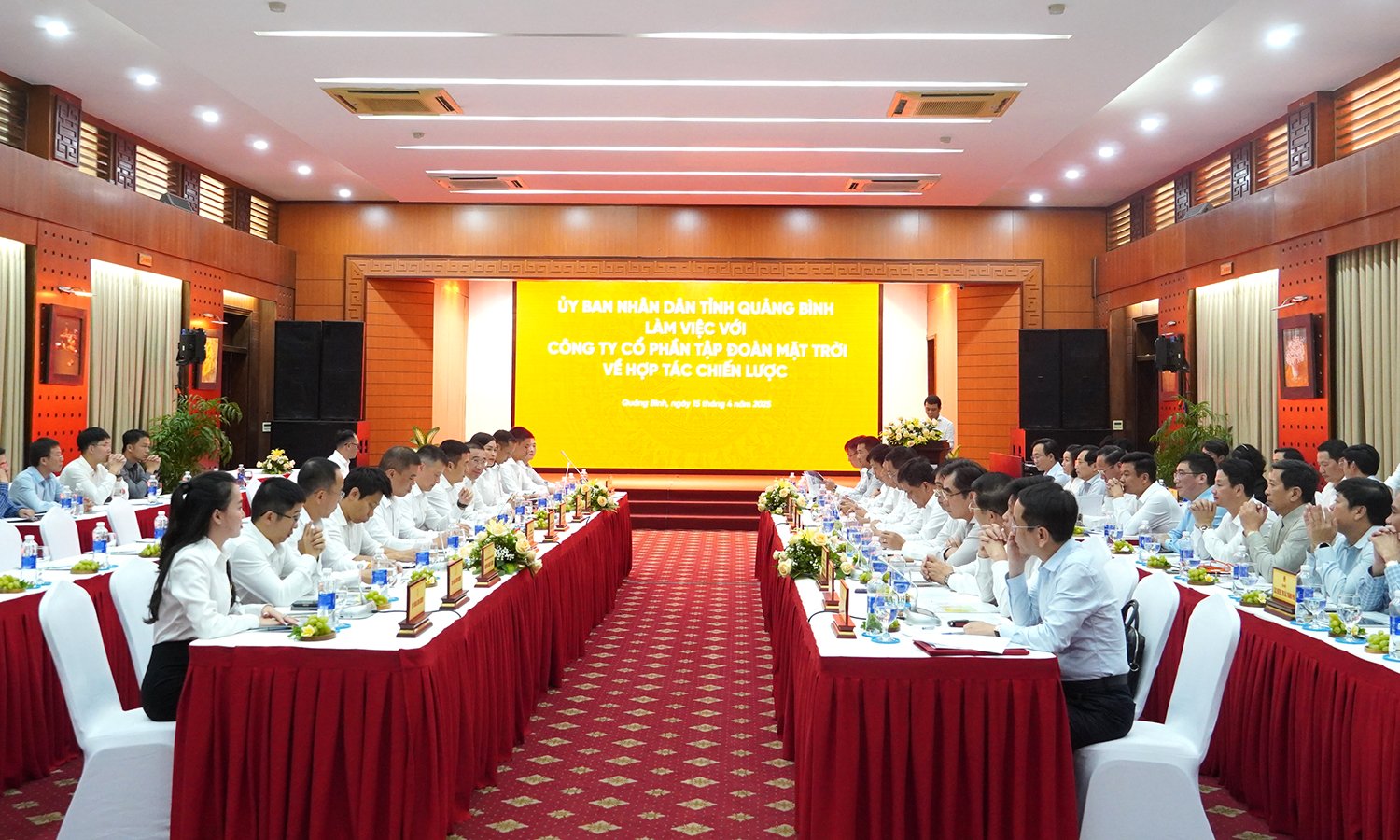






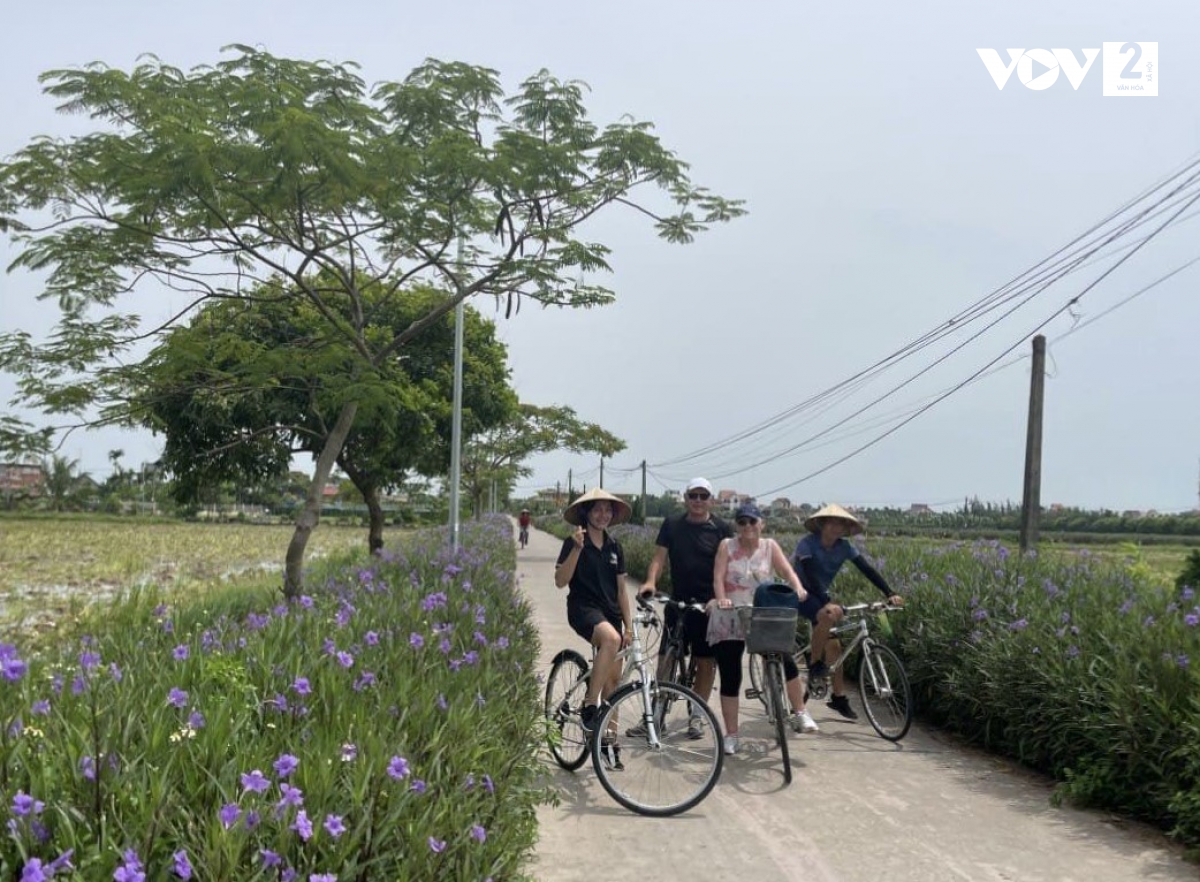

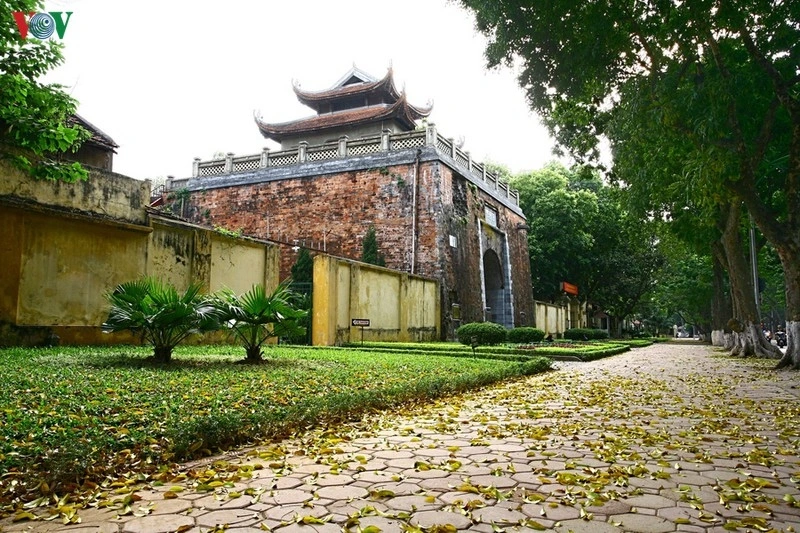
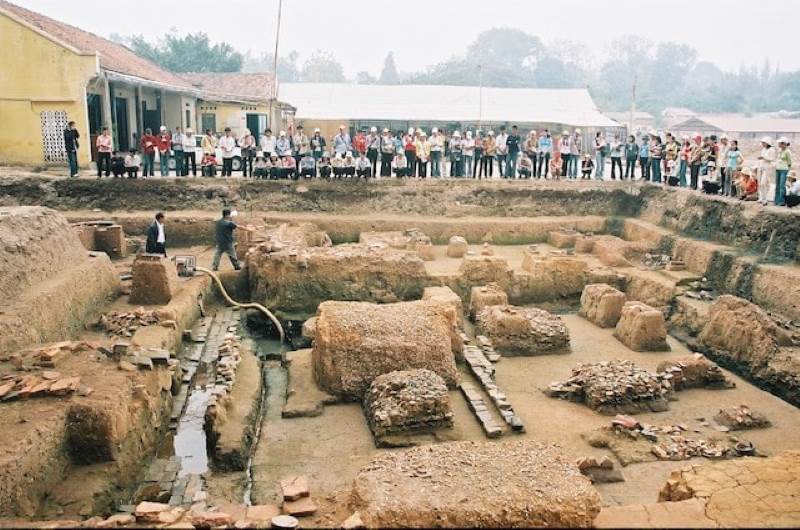

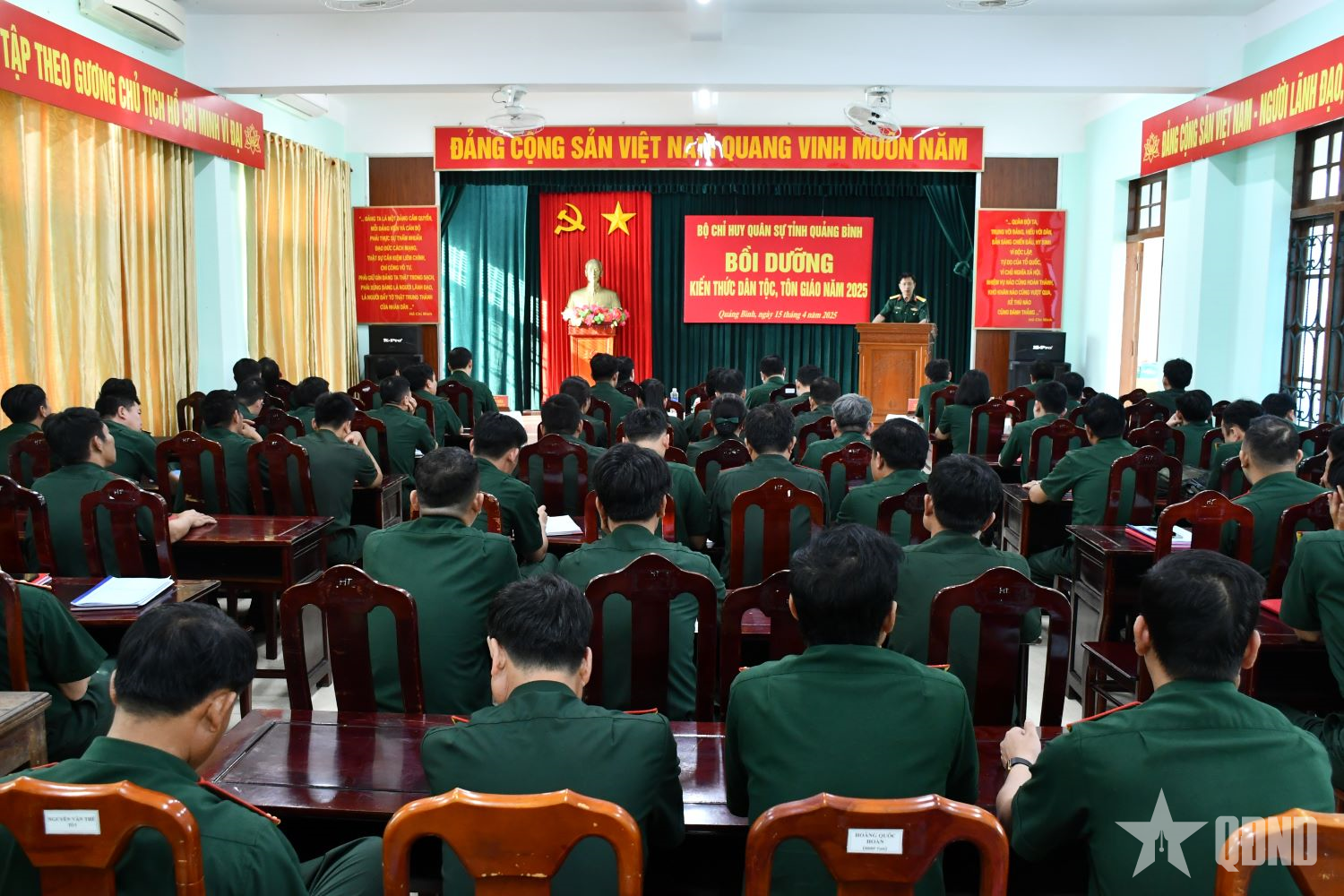

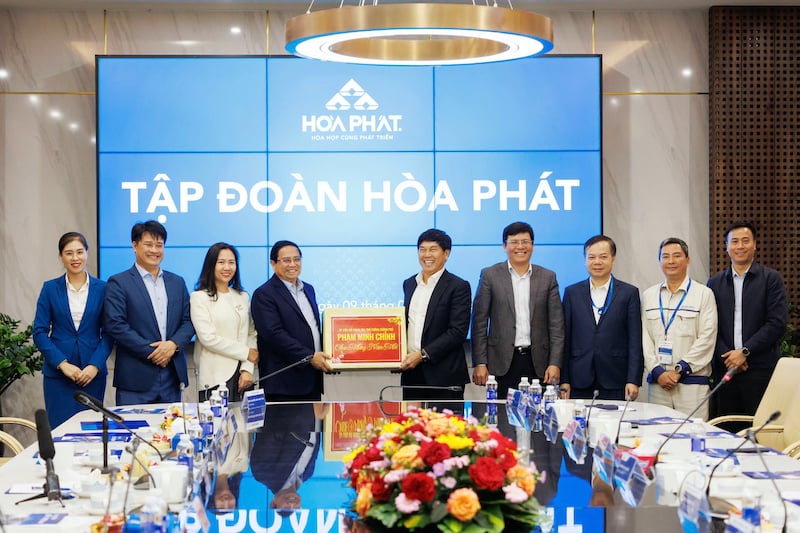

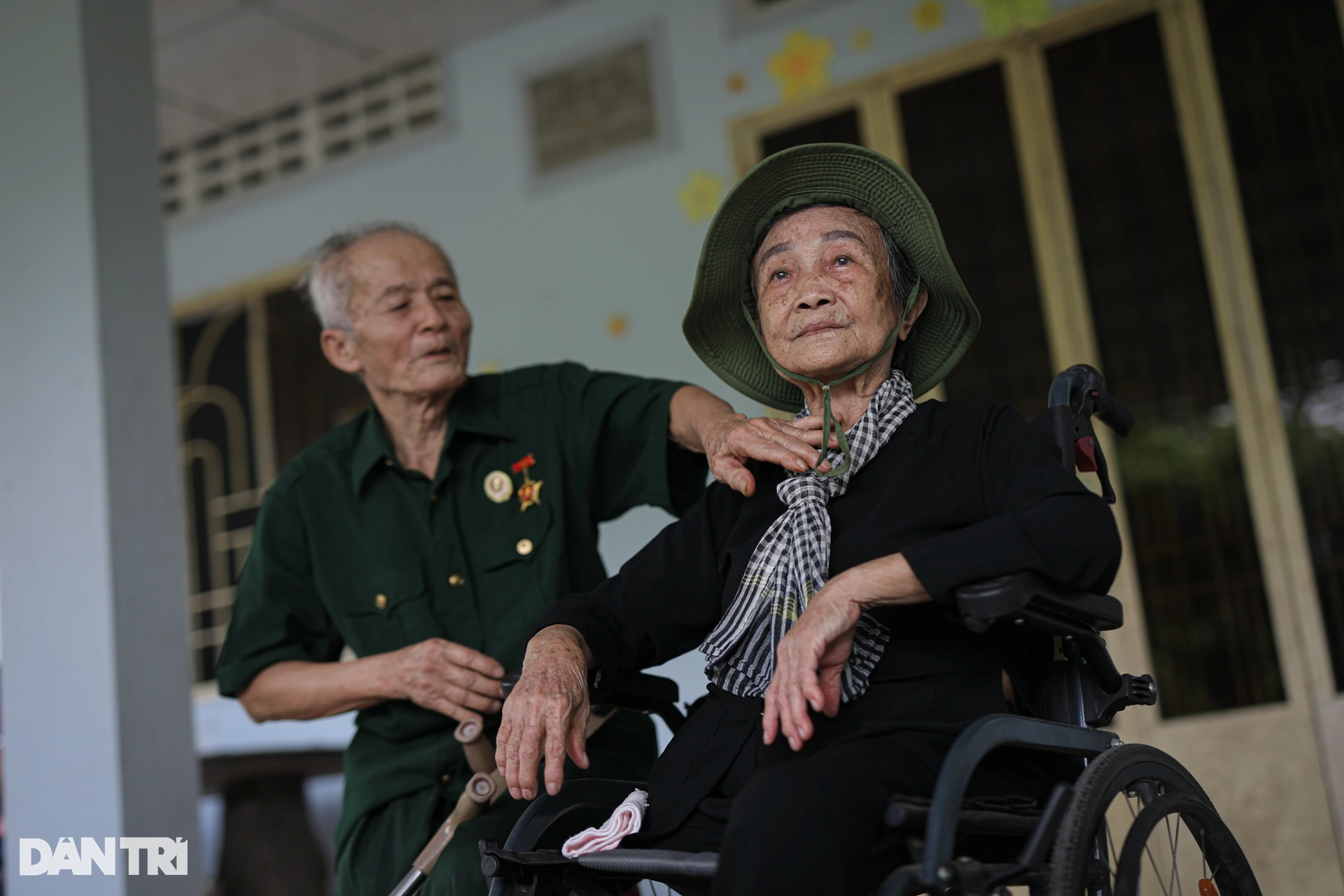









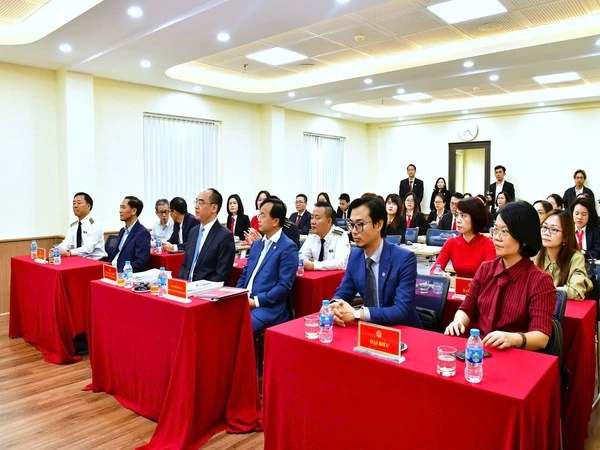



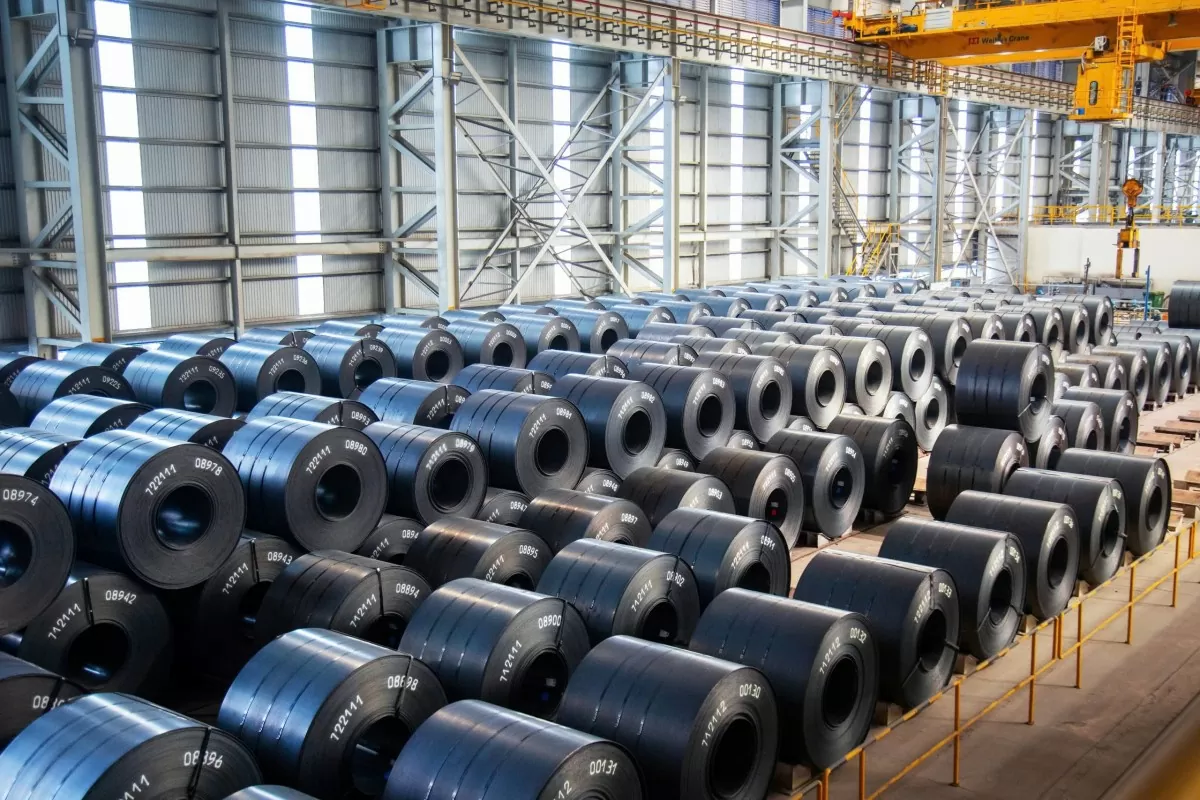



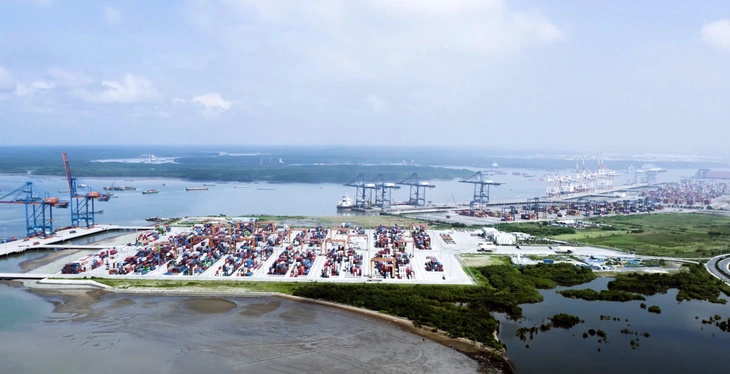



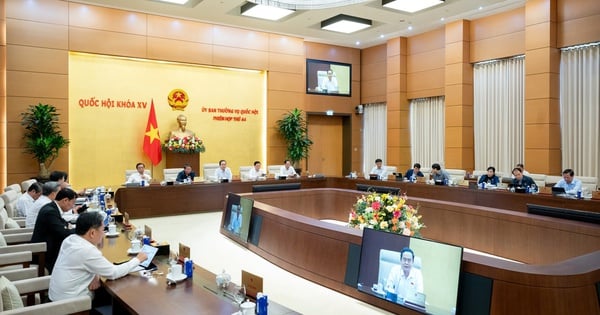

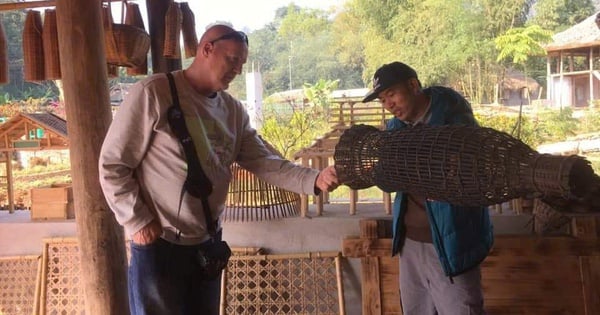




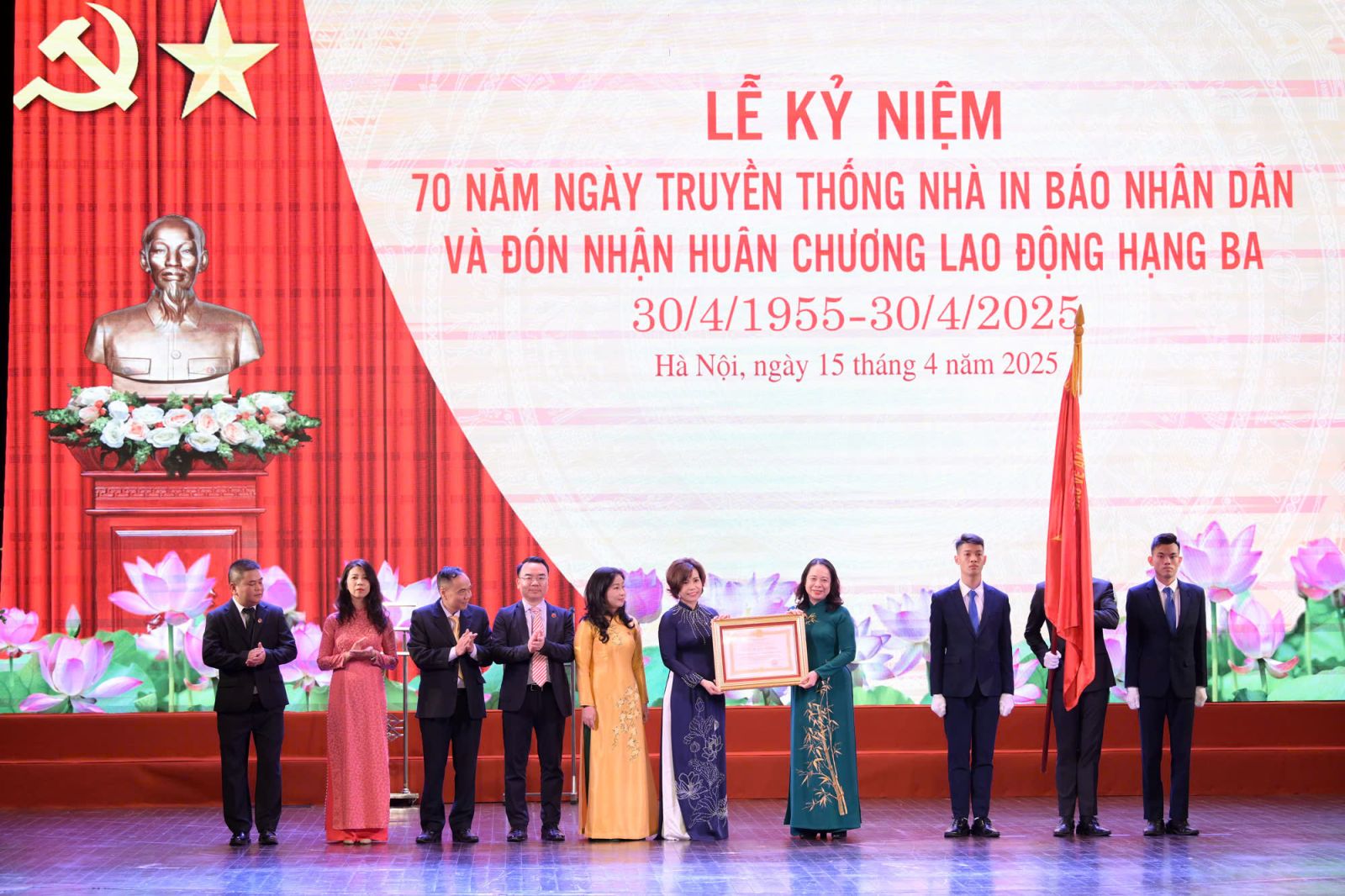



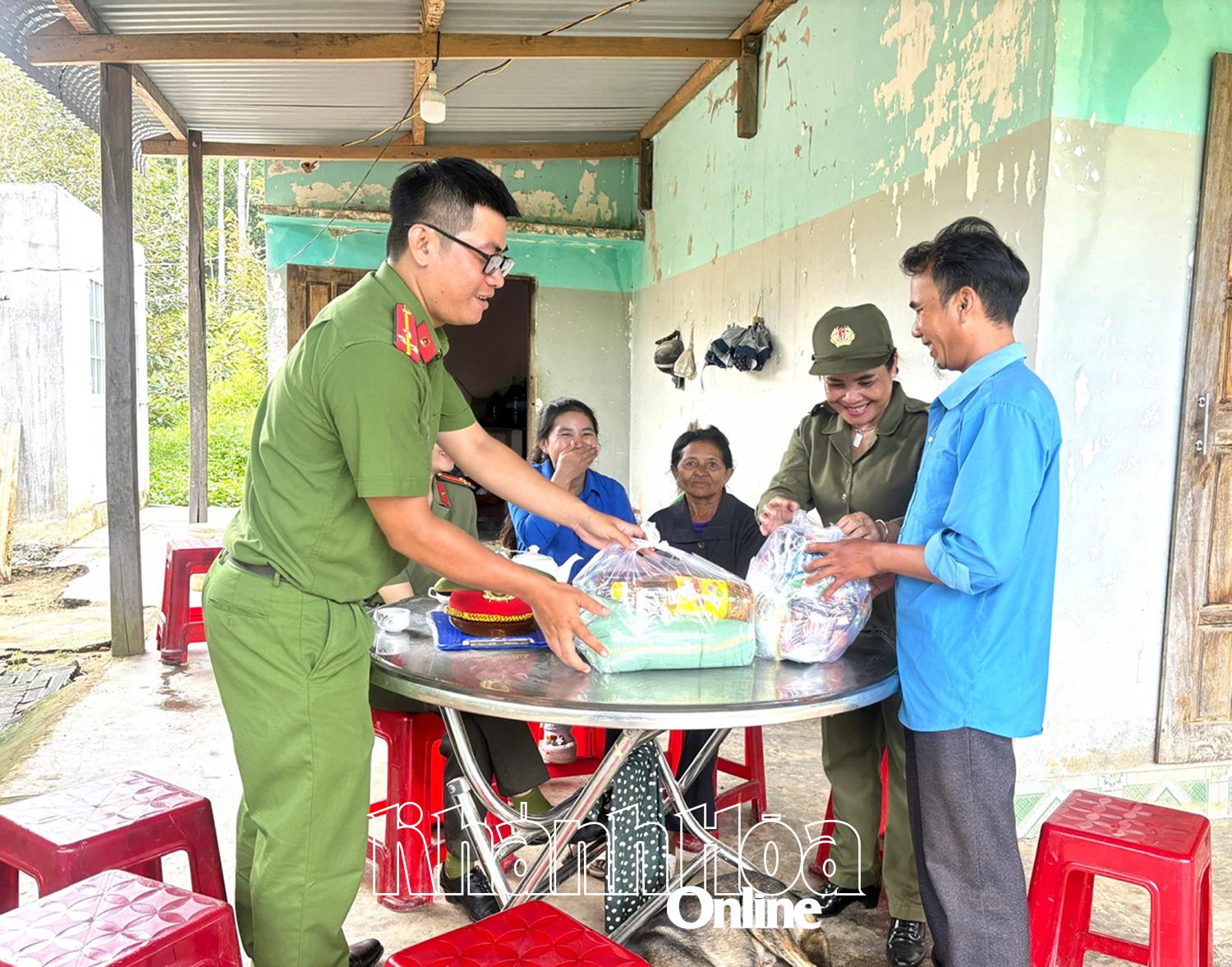


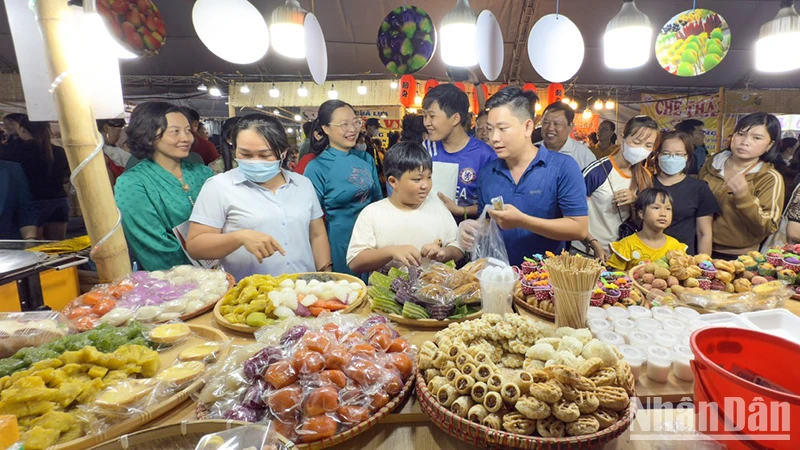
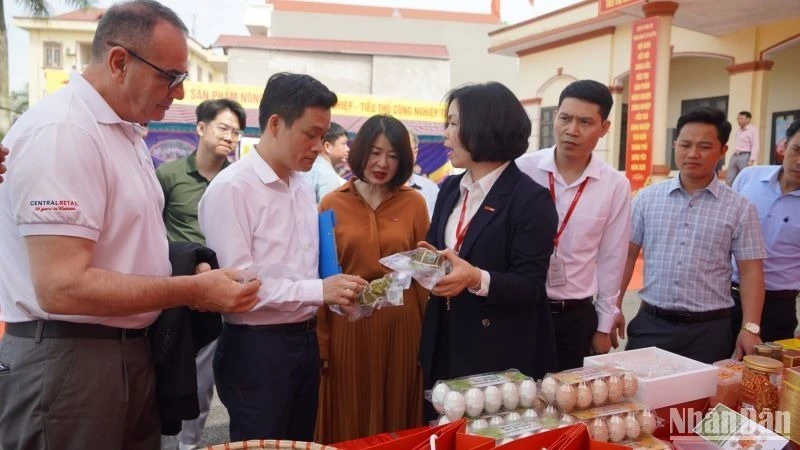
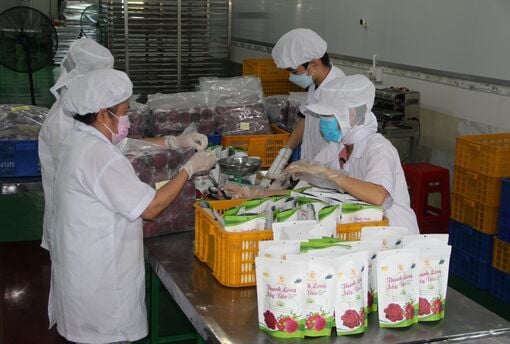

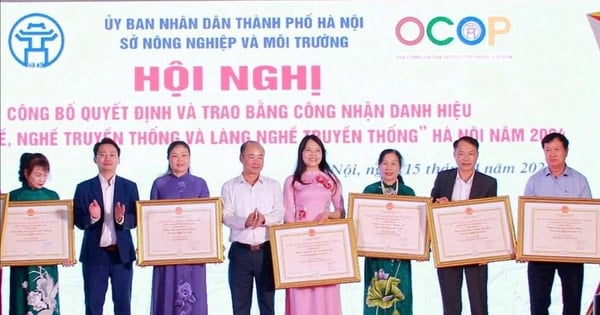
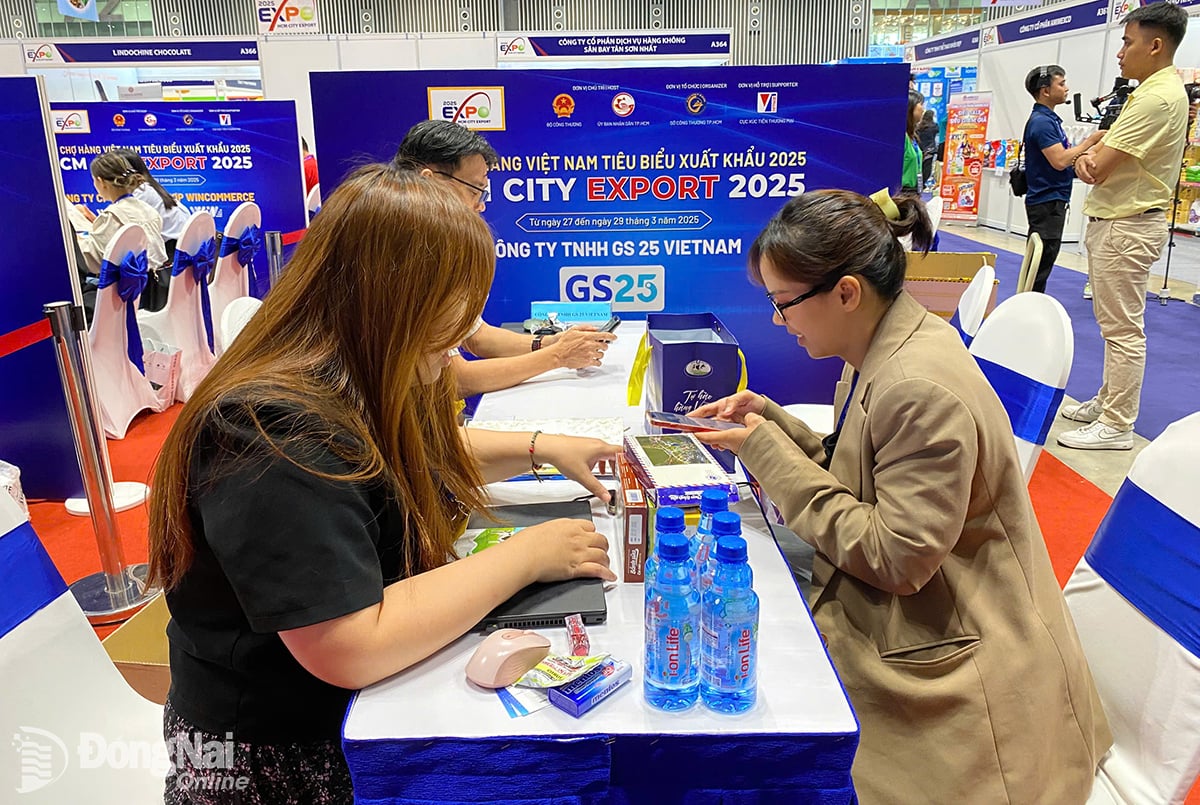

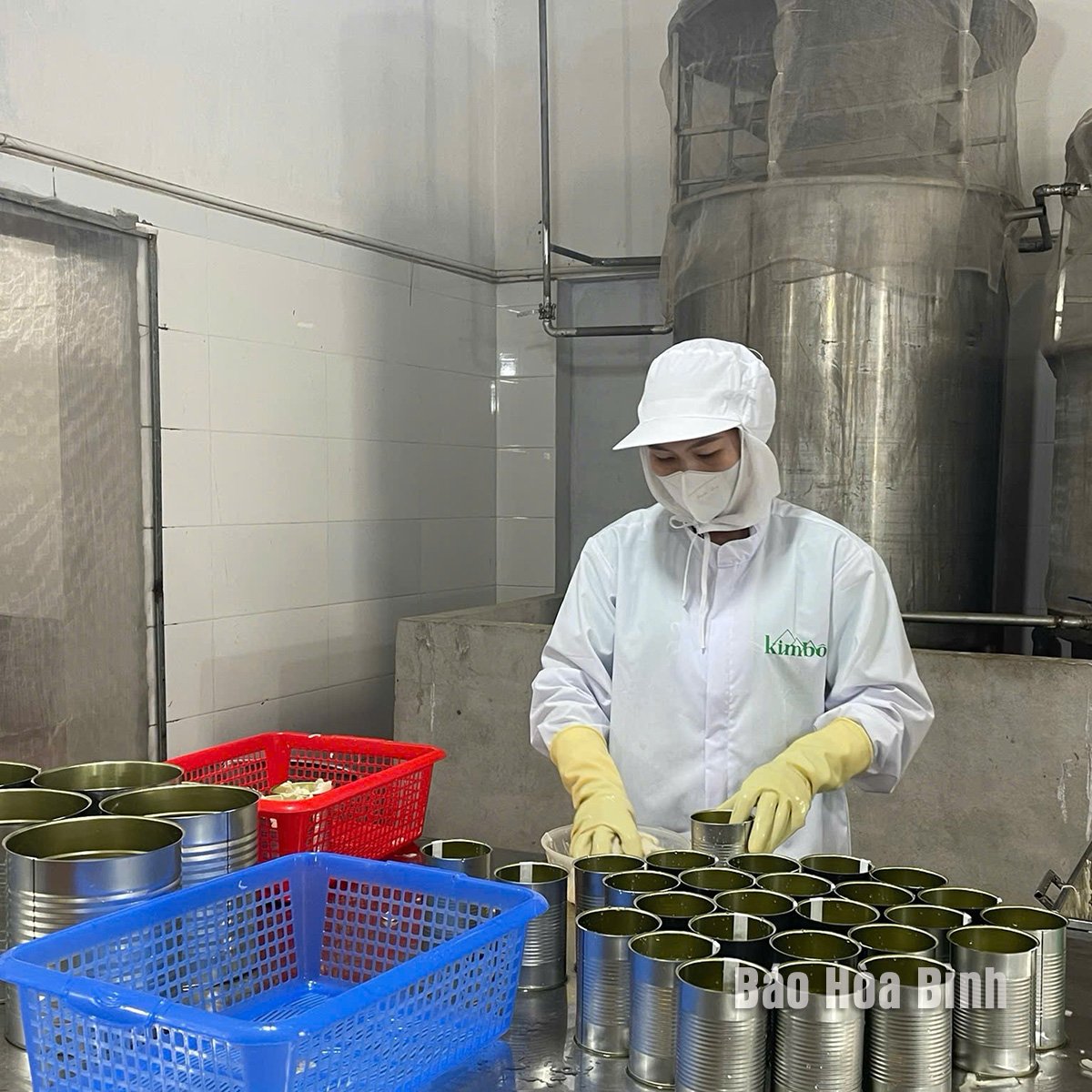

Comment (0)